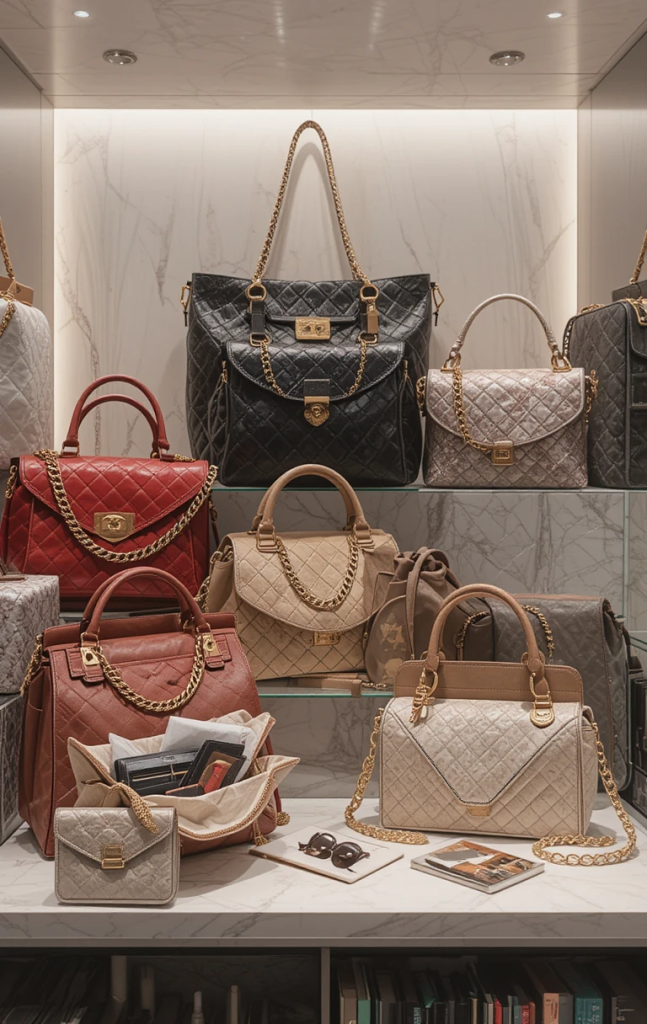
The handbag is more than just an accessory; it is a symbol of status, style, and practicality. Over the centuries, women’s handbags have evolved from simple utilitarian pouches to iconic fashion statements. This transformation reflects not only changes in fashion but also shifts in societal roles, technological advancements, and cultural trends. From ancient times to the modern era, the handbag has been a constant companion for women, adapting to their needs and desires. This article explores the fascinating journey of women’s handbags, tracing their evolution from functional tools to fashionable must-haves.

Ancient Origins: The Birth of the Handbag
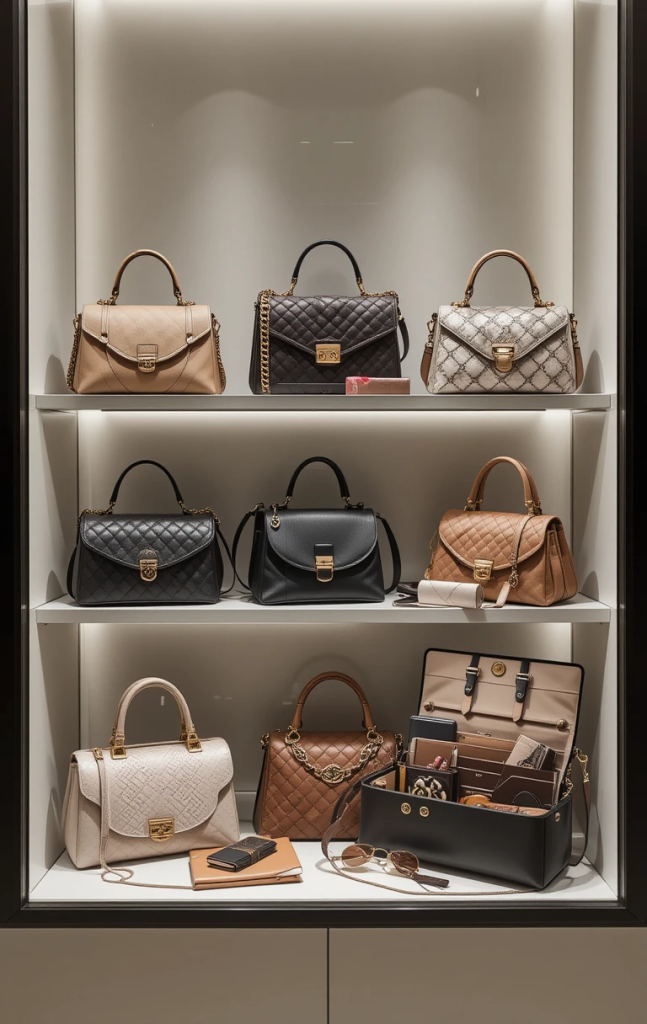
The concept of carrying personal belongings in a portable container dates back to ancient civilizations. Early handbags were purely functional, designed to hold essential items like coins, food, and tools. In ancient Egypt, men and women used small pouches tied around their waists to carry personal items. These pouches were often made from cloth or leather and adorned with intricate beadwork or embroidery, hinting at the early intersection of functionality and aesthetics.
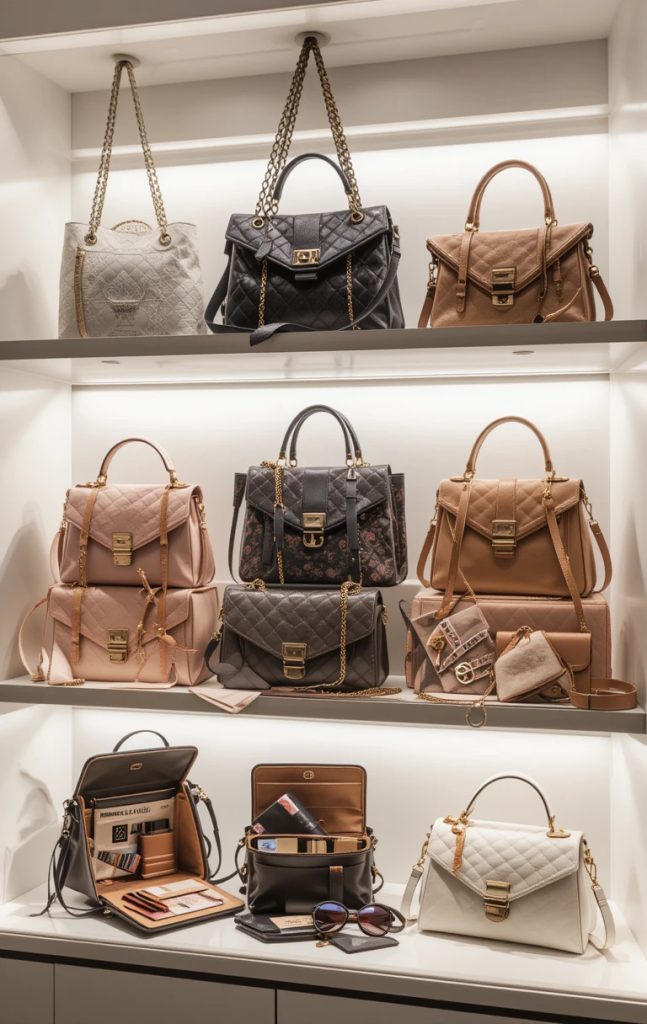
Similarly, in medieval Europe, both men and women wore girdles or belts with attached pouches to carry money, keys, and other small items. These early bags were practical, but they also began to reflect the wearer’s social status. Wealthier individuals carried pouches made from luxurious materials like silk or velvet, often embellished with gold or silver thread.

The Renaissance: A Shift Toward Elegance

The Renaissance period marked a turning point in the evolution of handbags. As fashion became more elaborate, so did the accessories that accompanied it. Women began to wear dresses with voluminous skirts, making waist pouches impractical. Instead, they carried small, decorative bags known as “sweet bags” or “pomanders.” These bags were often filled with fragrant herbs or spices to mask unpleasant odors, a necessity in an era before modern hygiene.
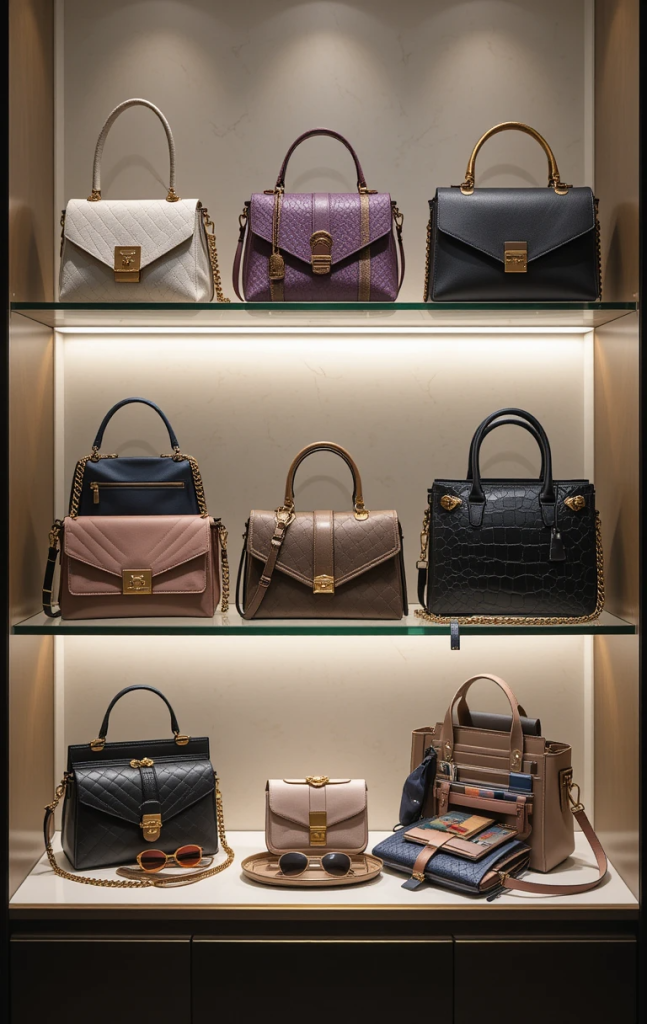
Sweet bags were crafted from fine fabrics like velvet and embroidered with intricate designs. They were worn suspended from the waist or carried in the hand, signaling the beginning of handbags as fashion accessories. The Renaissance also saw the emergence of drawstring bags, which were more secure and versatile than their predecessors.
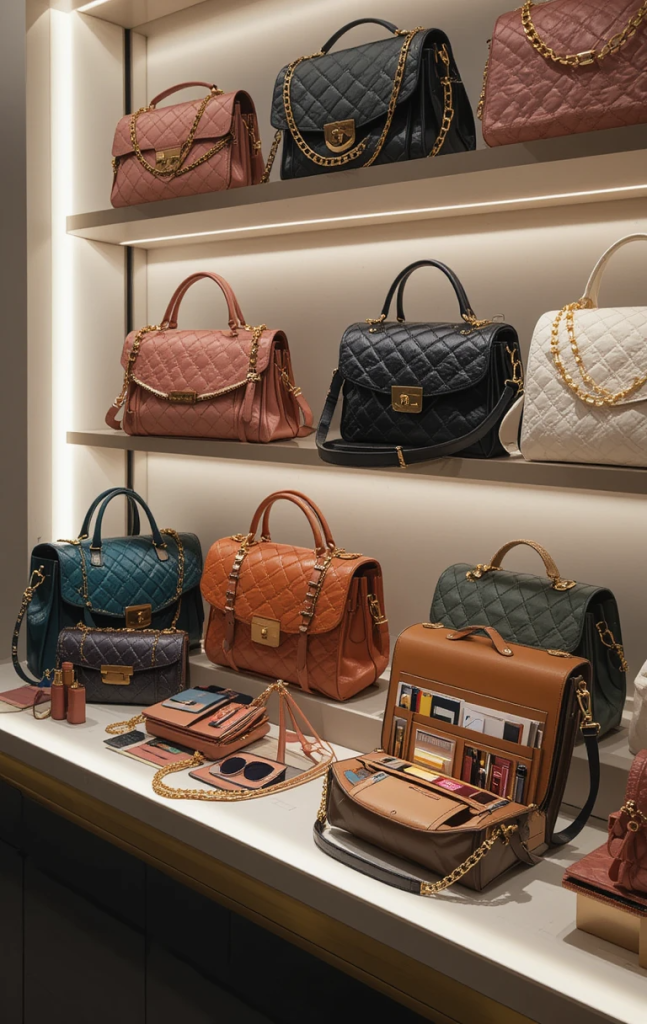
The 18th and 19th Centuries: The Rise of the Reticule
The 18th century brought significant changes to women’s fashion, including the introduction of the reticule. As dresses became slimmer and more streamlined, the need for a separate carrying device became apparent. The reticule, a small, handheld bag, emerged as the perfect solution. These bags were often made from silk or velvet and adorned with embroidery, beads, or lace.
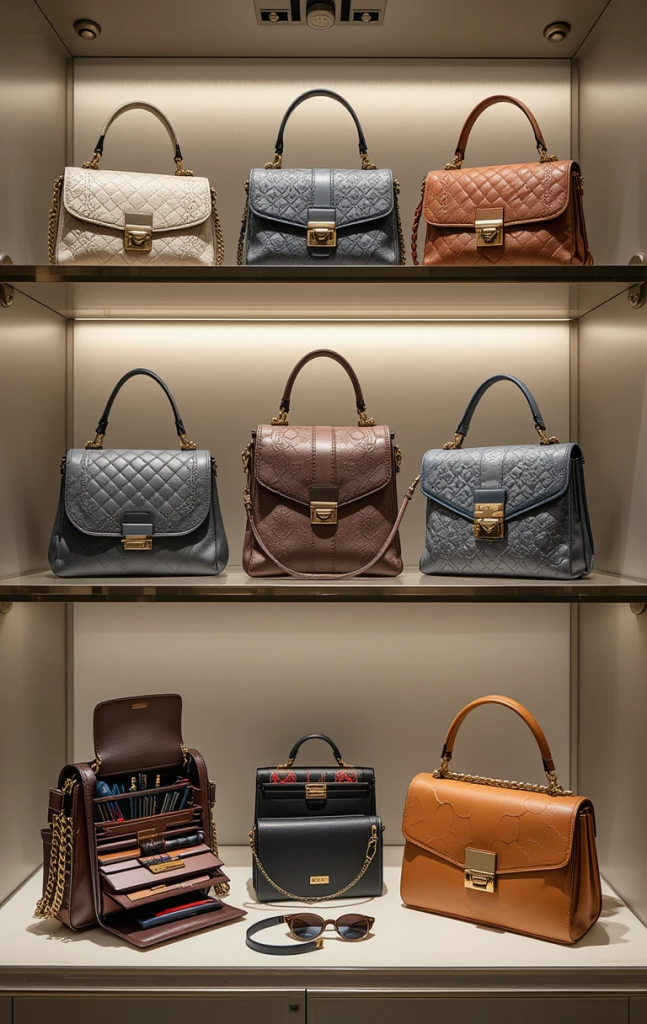
The reticule was a symbol of femininity and refinement, and it marked the beginning of handbags as a distinctly female accessory. By the 19th century, handbags had become an essential part of a woman’s wardrobe. The Industrial Revolution played a crucial role in this transformation, as mass production made handbags more accessible to women of all social classes.
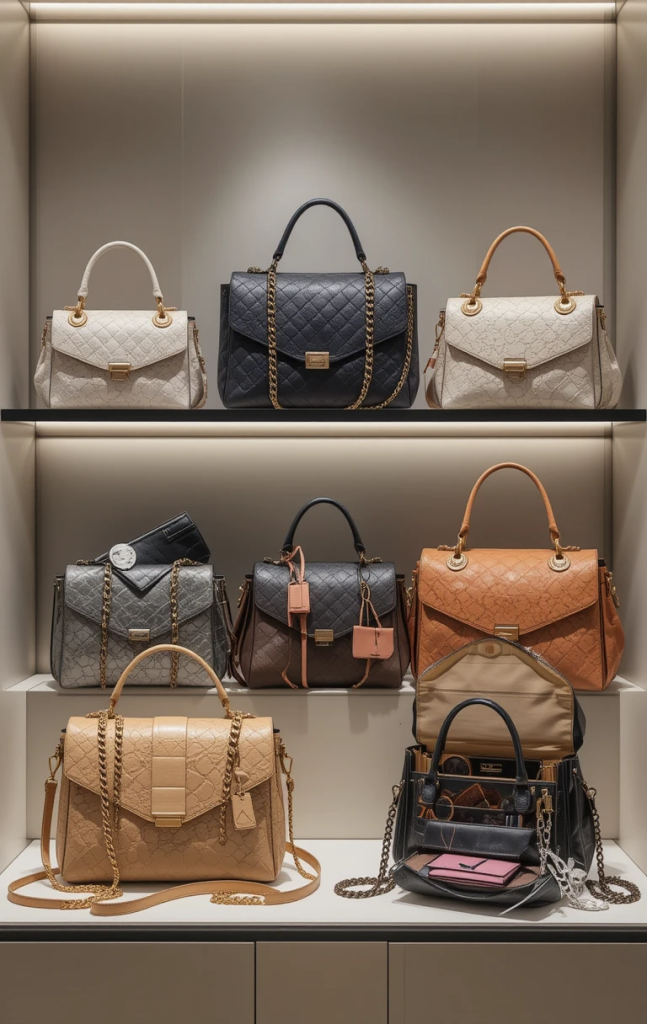
During the Victorian era, handbags became more structured and practical. The invention of the railway and the rise of travel created a demand for larger, more durable bags. Women needed to carry not only personal items but also travel essentials like books, stationery, and toiletries. This led to the development of the “chatelaine,” a decorative belt hook with chains that held small bags, keys, and other accessories.
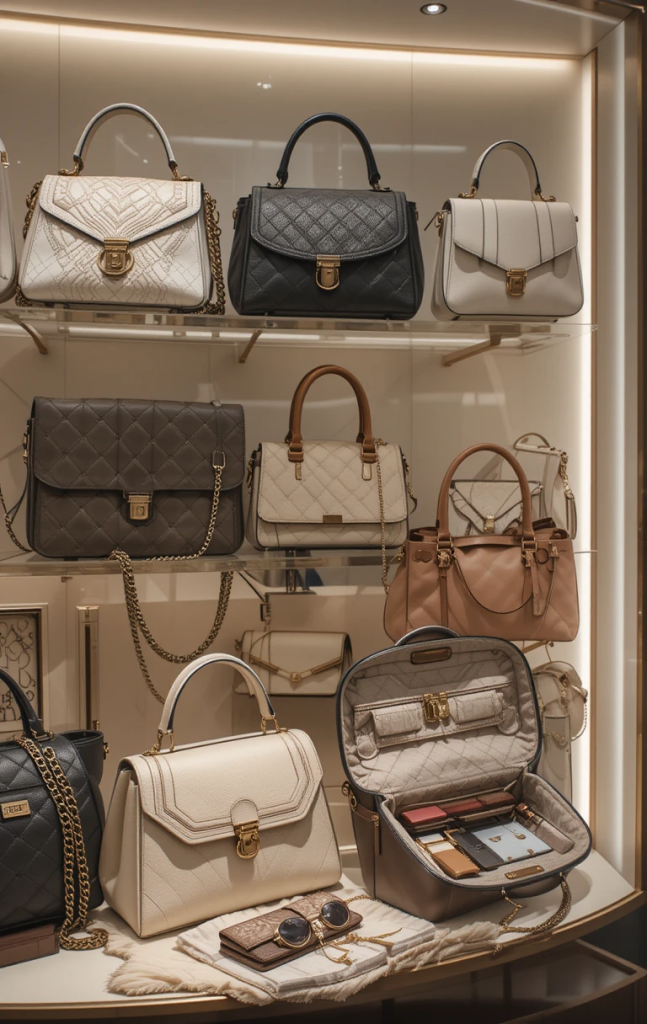
The 20th Century: Handbags as Fashion Statements
The 20th century witnessed the transformation of handbags from functional items to iconic fashion accessories. The rise of haute couture and the influence of designers like Coco Chanel and Louis Vuitton elevated the handbag to a symbol of luxury and status.
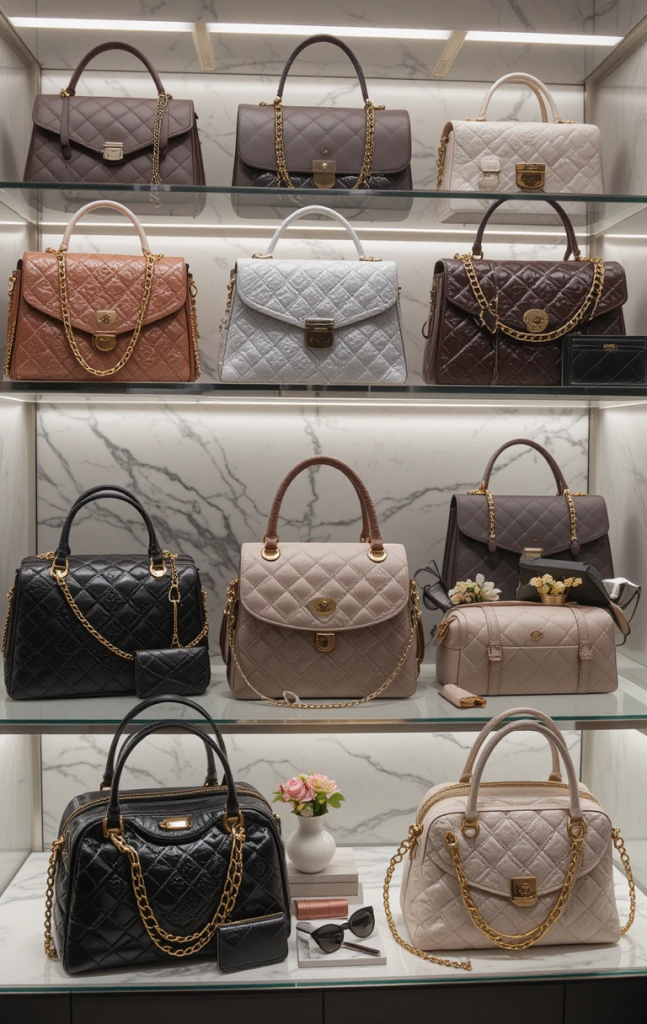
In the 1920s, the flapper era brought about a demand for smaller, more stylish bags. Women embraced the freedom of the Jazz Age, and their accessories reflected this newfound independence. The clutch bag, a small, handheld purse, became a popular choice for evening wear. Art Deco designs, characterized by geometric patterns and bold colors, dominated the fashion scene.

The 1950s marked the golden age of handbags. Designers like Hermès, Gucci, and Prada introduced iconic styles that remain popular to this day. The Hermès Kelly bag, named after actress Grace Kelly, and the Chanel 2.55, designed by Coco Chanel, became timeless classics. These bags were not only functional but also works of art, crafted from the finest materials and featuring meticulous attention to detail.
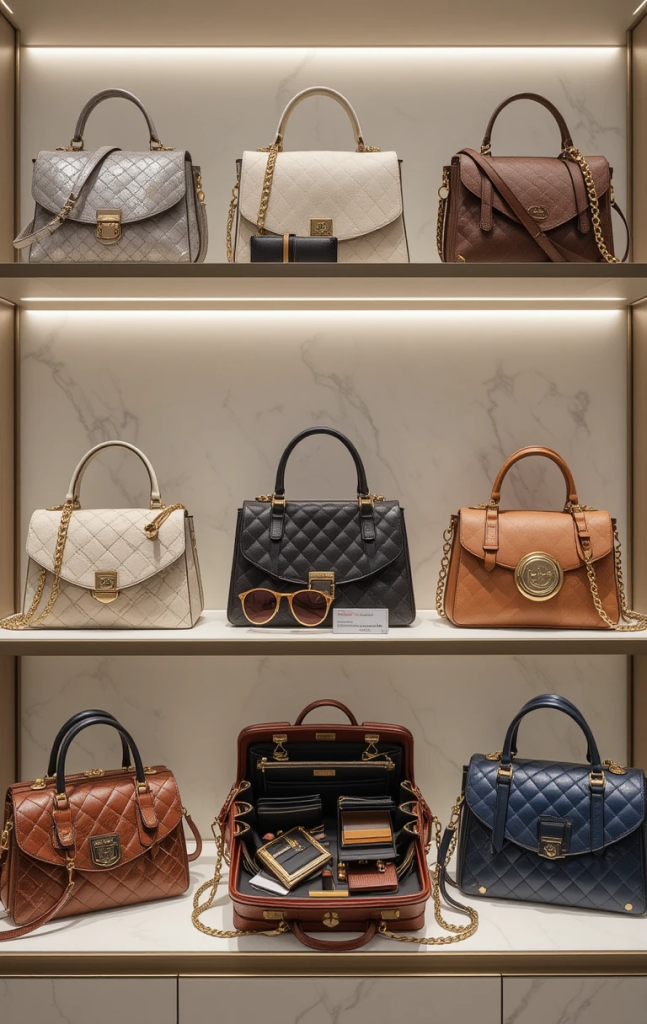
The 1960s and 1970s saw a shift toward more casual and eclectic styles. The rise of youth culture and the influence of pop art inspired bold, colorful designs. Shoulder bags and totes became popular, reflecting the changing roles of women in society. As more women entered the workforce, they needed bags that were both practical and stylish.
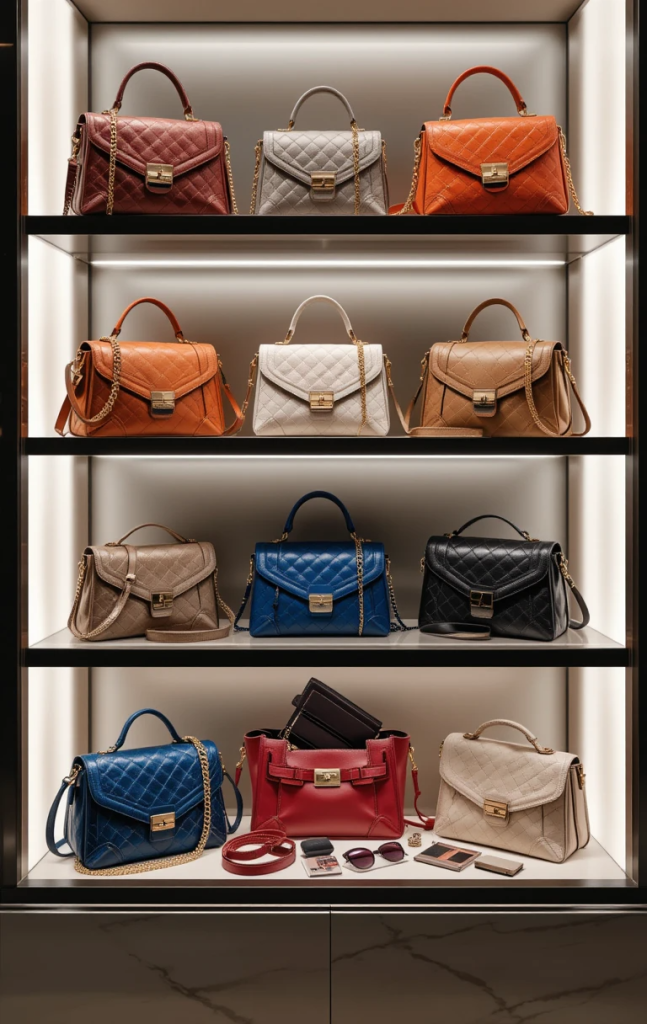
The Modern Era: Innovation and Individuality
In the 21st century, handbags have become a global phenomenon, with designers and brands constantly pushing the boundaries of creativity and innovation. The rise of social media and celebrity culture has turned handbags into highly coveted status symbols. Limited-edition releases and collaborations between designers and artists have created a sense of exclusivity and desirability.
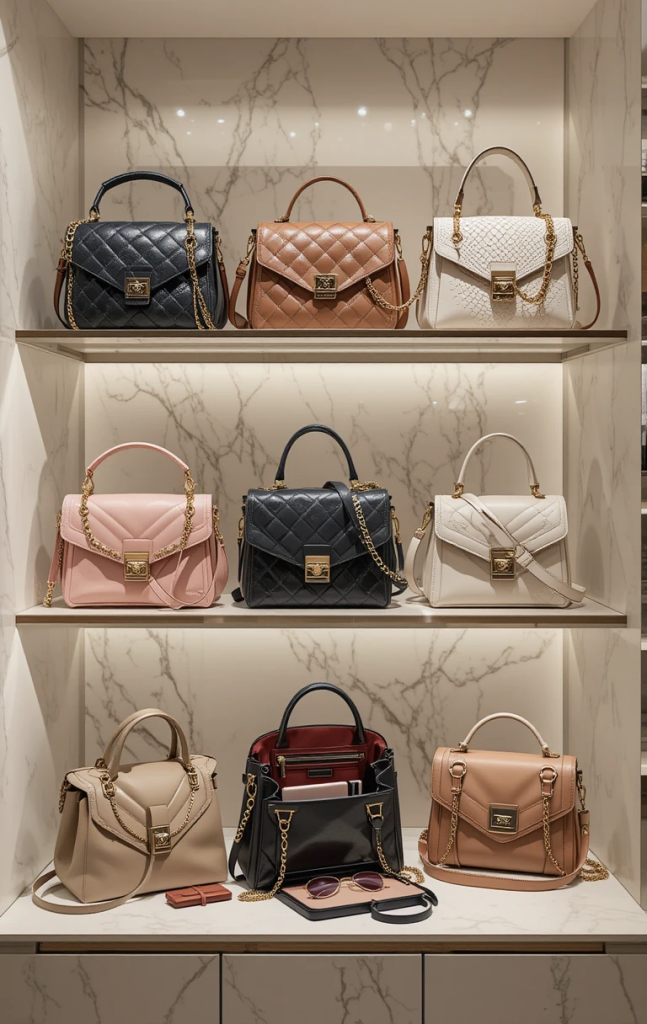
Technology has also played a significant role in the evolution of handbags. Smart bags with built-in charging ports, GPS tracking, and anti-theft features cater to the needs of modern women. Sustainable fashion has also influenced the industry, with many brands opting for eco-friendly materials and ethical production practices.
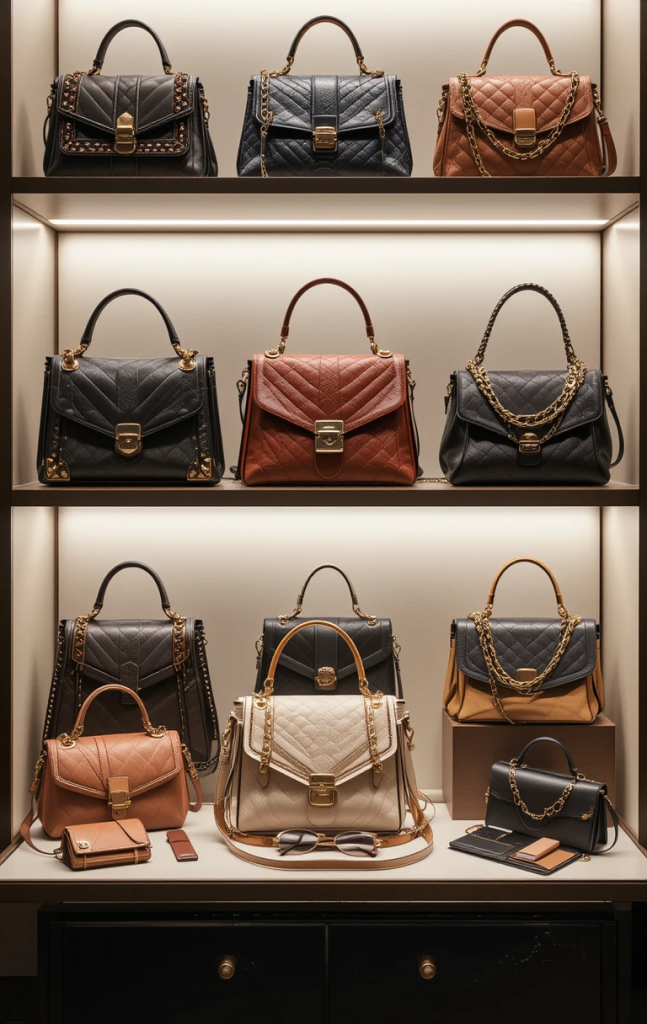
Today, handbags are more than just accessories; they are expressions of individuality and personal style. From minimalist designs to bold, statement pieces, there is a handbag for every occasion and personality. The rise of gender-neutral fashion has also blurred the lines between traditional men’s and women’s bags, reflecting a more inclusive and diverse approach to design.
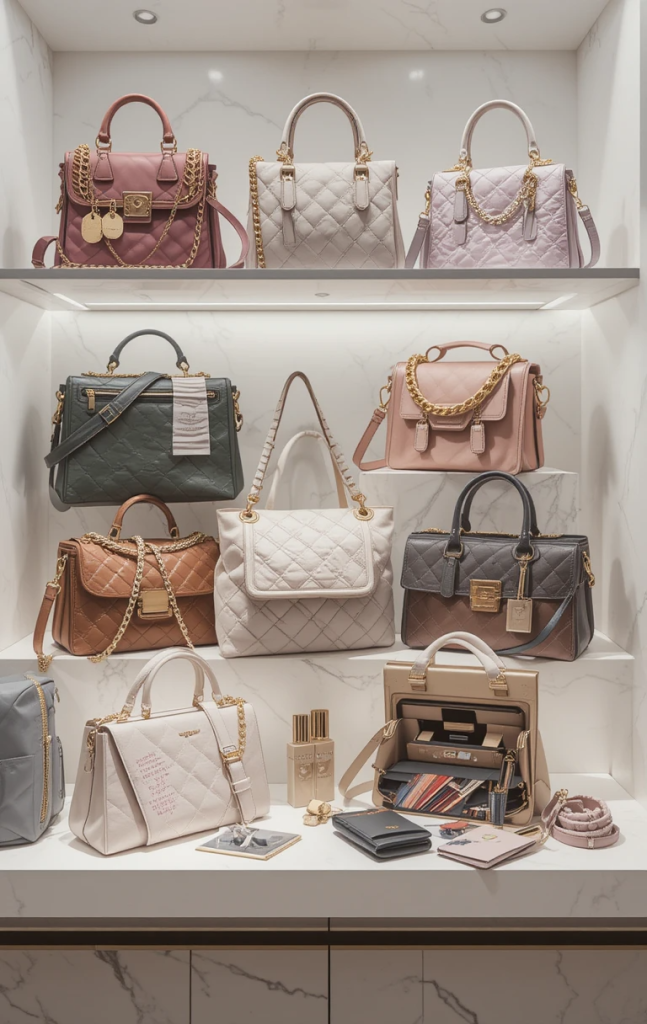
The Cultural Significance of Handbags
The evolution of women’s handbags is not just a story of fashion; it is a reflection of societal changes and cultural trends. Handbags have mirrored the shifting roles of women throughout history, from the practical pouches of ancient times to the empowering symbols of modern feminism. They have also served as a canvas for artistic expression, showcasing the creativity and craftsmanship of designers.
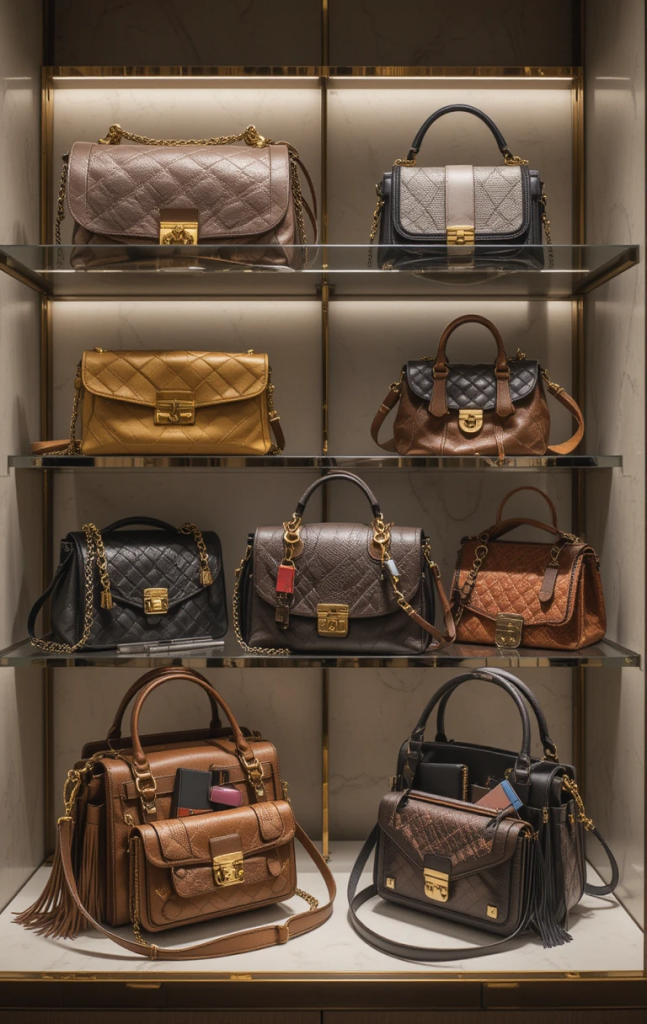
In many ways, the handbag is a microcosm of the broader fashion industry. It encapsulates the tension between functionality and aesthetics, tradition and innovation, individuality and conformity. As women continue to navigate the complexities of modern life, the handbag remains a trusted companion, adapting to their needs and aspirations.
From humble beginnings as simple pouches to becoming iconic fashion statements, women’s handbags have come a long way. Their evolution reflects the changing roles of women, advancements in technology, and shifts in cultural values. Today, handbags are more than just accessories; they are symbols of identity, status, and creativity. As fashion continues to evolve, one thing is certain: the handbag will remain an enduring and essential part of women’s lives, blending functionality with fashion in ways that inspire and empower.
